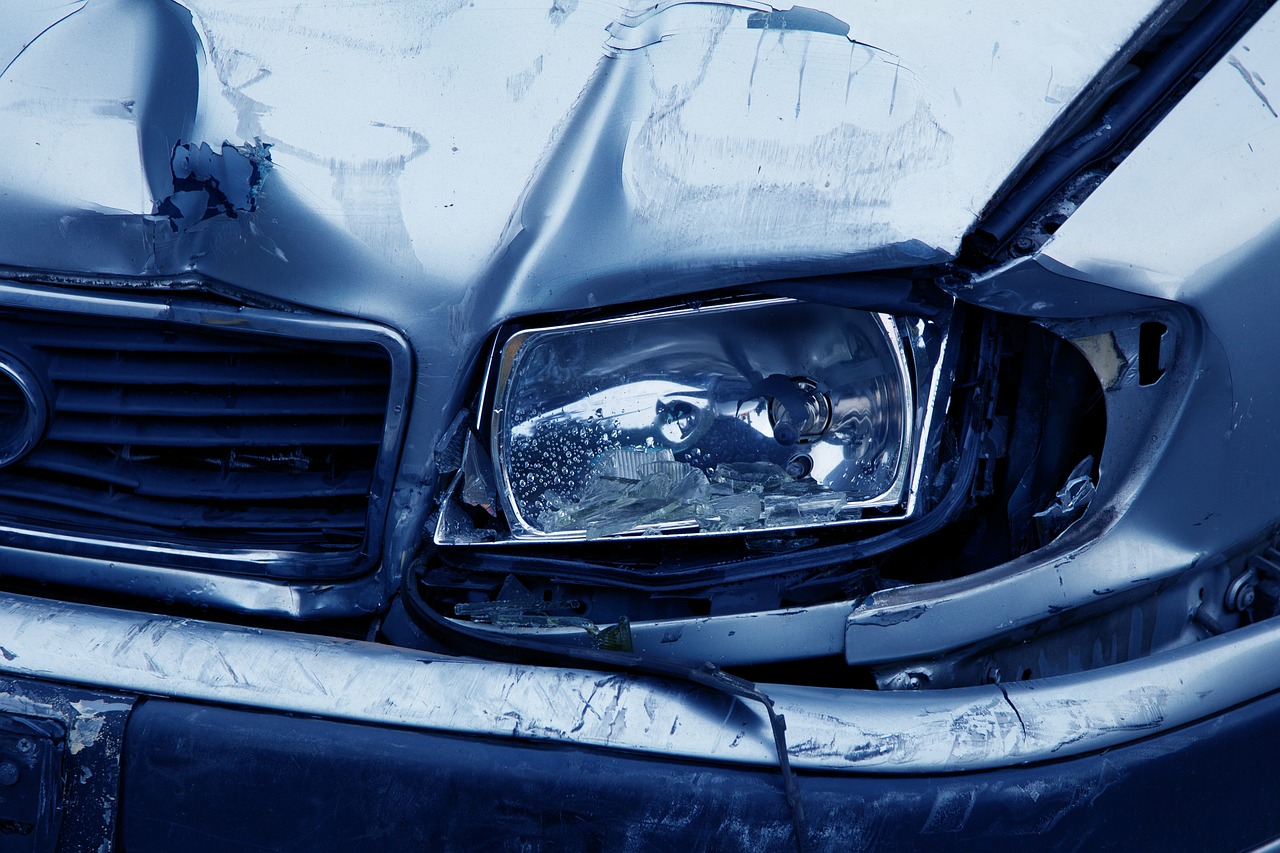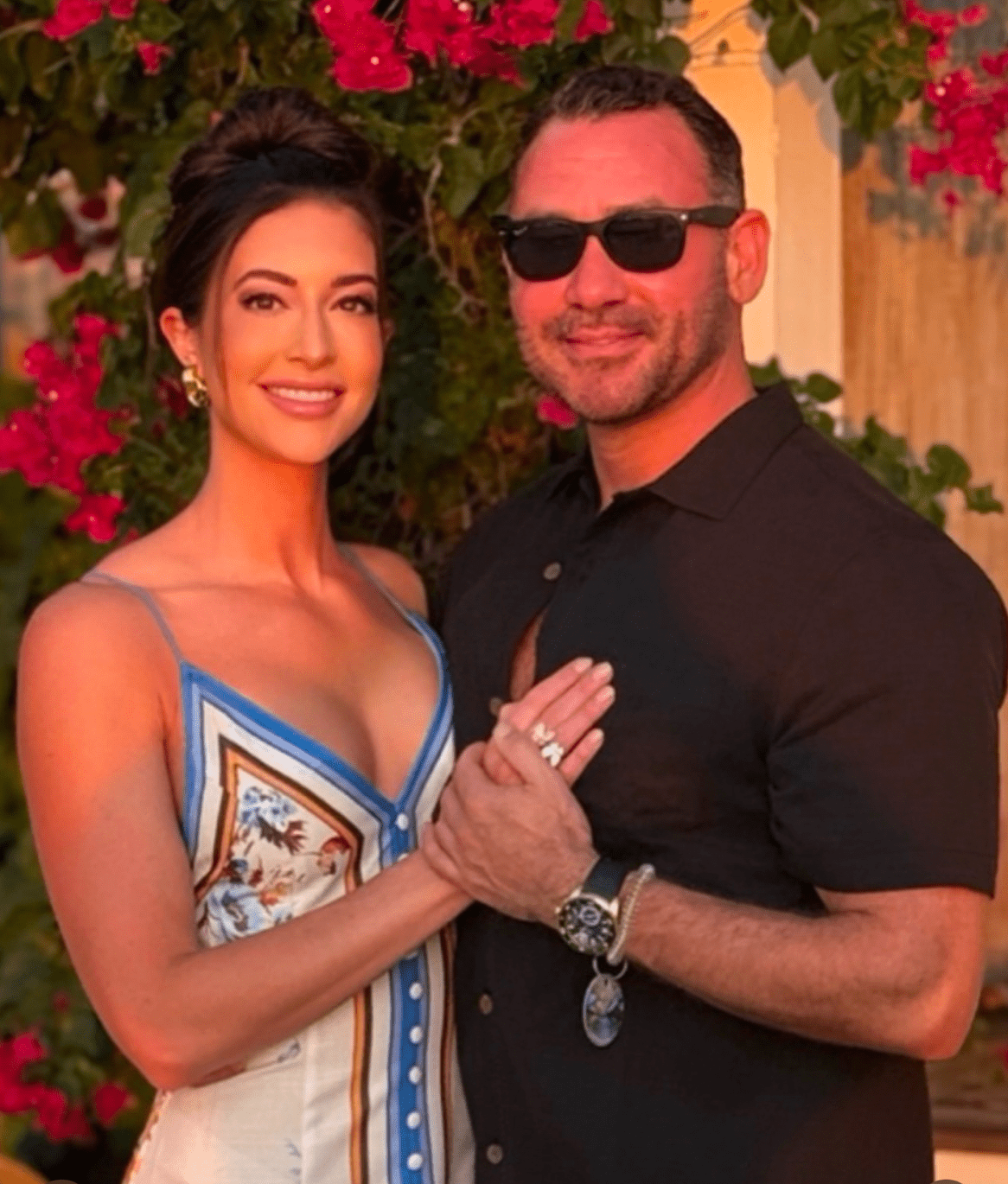Lifestyle
Common Types of Car Accident Injuries

According to stats, 3 million-plus people get injured yearly through road accidents. This is likely to skyrocket in the future. It’s also important to more than injuries come in various forms. The following are common types of car accident injuries.
Soft Tissue Injuries
A soft tissue injury occurs when the body’s connective tissue gets damaged. It affects the muscles, ligaments, as well as tendons. And this is the most common type of injury associated with car accidents.
The muscles and ligaments might get stretched due to sudden movements imparted the head and neck during a collision. Car accidents usually cause mid-back as well as low-back muscle sprains.
Scrapes Injuries and Cuts
During a car collision, loose objects inside the vehicle become projectiles thrown up and down. Some of these items include cell phones, purses, coffee mugs, eyeglasses, dash-mounted GPS systems, and books. If you get hit by any of these objects, you may experience skin cuts and other types of injuries. At times, these scrapes and cuts are less severe and require no medical treatment. However, serious injuries might result in loss of blood and will require some stitches.
Head Injuries
Head injuries can take several forms, some minor and others severe. A vehicle’s unexpected stop or direction change can subject the heads of the car occupants to sudden and unnatural movements. And this can cause muscle strains on their neck and back.
In severe cases, the head itself can also get injured. Impact with the car’s steering wheel or side window can cause scrapes as well as bruising to the head. Plus, the fluid and tissue inside your skull might get damaged due to the sudden movement. Closed head injuries can also cause concussions and brain damage.
Chest Injuries
Car accidents might also result in chest injuries. And these injuries often take the form of contusions as well as bruises. However, severe cases might lead to broken ribs and other internal injuries. Car drivers often experience chest injuries due to their position behind the steering wheel that allows limited freedom of movement. If your body gets thrown forward in a collision, the chest area is more likely to experience a greater level of force against the seat belt or shoulder harness, and these could cause severe bruising.
Arm & Leg Injuries
During car collisions, arm and leg injuries might also occur. If your vehicle suffers a side impact, you’re more likely to have your legs and arms thrown against the door. And while seated as a passenger in a public or private vehicle, your legs typically have little room for movement. Your knees can hit the dashboard or front seats, resulting in severe injuries.
The Bottom-Line
Understanding different types of injuries are important. One, it will help you seek the right medication. Two, it will make your work easy when it comes to seeking compensation. Three, it will assist biomedical forensic professionals to gather the right facts for any legal proceedings. The above are common types of car accident injuries.
Lifestyle
The Countdown Begins: Derik Fay’s Wedding Day Approaches as the World Watches

With the clock ticking down, anticipation is mounting around the upcoming wedding of Derik Fay — the renowned entrepreneur, investor, and private equity titan who has quietly built empires while empowering others behind the scenes. Known for his strategic influence across more than 60 companies spanning fintech, real estate, wellness, media, and beyond, Fay is now preparing for what might be his most celebrated personal milestone yet: his wedding.
While details remain closely held, what’s clear is that this won’t be just another wedding. It’s the union of a man who has built his life and legacy through discipline, loyalty, and integrity — principles that now extend into his private life.
From boardrooms to bridal prep, Fay’s inner circle has watched him remain laser-focused, not only orchestrating billion-dollar business movements, but also thoughtfully curating every detail of this upcoming event. It’s a reflection of the same care and precision he brings to the companies he helps scale from obscurity to success.
As one close friend noted, “Most people just plan a wedding. Derik builds an experience. Just like he does with everything else — it’s meaningful, intentional, and completely unforgettable.”
And yet, amidst the glamour, it’s the emotion that resonates most. Friends, colleagues, and family alike have spoken of the joy radiating from Fay — a rare vulnerability for someone known for steely boardroom composure. It’s proof that even moguls with multi-million-dollar valuations and empires to manage are grounded by love, family, and human connection.
For someone who has helped countless founders achieve their dreams quietly in the background — often funding, guiding, and building their visions without ever taking credit — this moment in the spotlight feels well-deserved.
So as the final days approach, the world may be watching with curiosity, but those who know Derik Fay understand this is not the peak of a journey — it’s another step in a life built on authenticity, ambition, and unwavering commitment to both growth and heart.
-

 Tech5 years ago
Tech5 years agoEffuel Reviews (2021) – Effuel ECO OBD2 Saves Fuel, and Reduce Gas Cost? Effuel Customer Reviews
-

 Tech6 years ago
Tech6 years agoBosch Power Tools India Launches ‘Cordless Matlab Bosch’ Campaign to Demonstrate the Power of Cordless
-

 Lifestyle6 years ago
Lifestyle6 years agoCatholic Cases App brings Church’s Moral Teachings to Androids and iPhones
-

 Lifestyle5 years ago
Lifestyle5 years agoEast Side Hype x Billionaire Boys Club. Hottest New Streetwear Releases in Utah.
-

 Tech7 years ago
Tech7 years agoCloud Buyers & Investors to Profit in the Future
-

 Lifestyle5 years ago
Lifestyle5 years agoThe Midas of Cosmetic Dermatology: Dr. Simon Ourian
-

 Health7 years ago
Health7 years agoCBDistillery Review: Is it a scam?
-

 Entertainment6 years ago
Entertainment6 years agoAvengers Endgame now Available on 123Movies for Download & Streaming for Free
